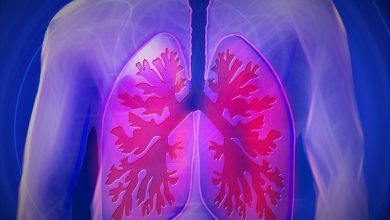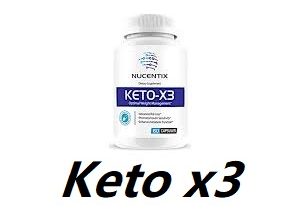The 5 Basic Massage Techniques You Need to Know


For those looking for relaxation and stress relief, massage therapy in Federal Way can provide a great deal of relief. There are a variety of massage techniques that can be used to target specific areas and help to alleviate pain and tension. To get the most out of your massage therapy sessions, it is important to familiarize yourself with the five basic massage techniques. In this blog post, we will discuss the five basic massage techniques you need to know to get the most out of your Massage Therapy sessions in the Federal Way.
➔ Effleurage
Effleurage is a massage technique that involves using light, gentle strokes to stimulate the skin and underlying muscles. This technique is used to relax the body and help relieve muscle tension. The practitioner uses their fingertips, palms, or the heel of the hand to make long, sweeping strokes over the skin in one direction. This technique also increases blood flow, lymphatic drainage, and relaxation in the body. Effleurage is generally used at the beginning and end of a massage treatment. It can also be used during the session to help increase relaxation and reduce tension in the body.
➔ Petrissage
Petrissage is a massage technique that involves kneading the muscles to help release tension. This technique helps to stimulate circulation, increase flexibility and promote relaxation. The main techniques used in petrissage are lifting, rolling, squeezing, and wringing.
The lifting technique involves gently lifting the skin and underlying muscle layers away from the underlying structures and then releasing them back into place. Rolling is where the practitioner rolls their fingers or thumbs along the length of the muscle. Squeezing is used to compress the muscles to release tension. Wringing is a technique where the practitioner will squeeze the tissue between their thumb and fingers in circular motions.
The pressure used when performing these techniques will depend on the individual’s preferences and tolerance. Generally speaking, petrissage should be firm but not painful. When using this technique, it is important to move slowly and listen to the body’s response. As with any massage technique, communication between practitioner and client is key.
Petrissage can be beneficial for improving circulation, relieving muscle tension, increasing flexibility and range of motion, and decreasing stress levels. It is also a great way to get a full-body massage as it can be used on any area of the body.
➔ Friction

Friction is a massage technique that uses firm pressure and rubbing to apply deep pressure and create heat. This technique is used to release tension in the muscles and break down scar tissue. It can also be used to stimulate circulation and reduce pain. When performing friction, the therapist will use their hands, thumbs, or elbows to apply deep pressure and make circular motions along the muscle fibers. This technique should never be done too forcefully or it may cause discomfort. It is important to ensure that the massage recipient is comfortable with this technique and communicate any changes in pressure before continuing. With careful execution, friction can be an effective and beneficial massage technique.
➔ Tapotement
Tapotement is one of the five basic massage techniques and is often used to help energize the body. This technique involves rapid tapping and slapping motions made with the hands and fingers, usually in a rhythmical fashion. It is typically used on larger muscles, like the back and shoulders.
The benefits of tapotement include improved circulation, better joint mobility, improved lymphatic drainage, and improved muscle relaxation. It is also known for its ability to create a feeling of invigoration and energy, as it encourages tissue movement and helps break up muscle tension.
To use tapotement, you’ll need to use your fingertips and palms. Start by lightly tapping the area and then gradually increasing pressure. The motions should always remain rhythmic and keep within the same pattern for each muscle group. It’s important to keep the strokes light, however, as this technique can become quite uncomfortable if the pressure becomes too intense.
Tapotement is best used in moderation during a massage, as it can become quite uncomfortable if it’s used too heavily. When done correctly, it can provide many benefits that make it an essential part of massage therapy.
➔ Stretch

Stretch is a massage technique that utilizes stretches, gentle pressure, and targeted massage to increase flexibility and range of motion. It can help reduce stiffness in the body and help improve circulation. By using stretch techniques, therapists can help elongate muscles, tendons, and ligaments to reduce tension and improve posture.
Stretching is especially beneficial for athletes as it can help improve athletic performance. It can also be used to address postural problems, such as neck and shoulder tightness, as well as any other areas of pain or discomfort.
The therapist may use their hands, arms, or even their own body weight to apply gentle pressure during a stretch. The therapist will ask the client to remain relaxed while they gradually increase the stretch. This can often be done over several minutes until the desired results are achieved.
It is important to communicate with your therapist before and during a stretch session. If you feel any pain or discomfort, make sure to tell your therapist right away so they can adjust the pressure accordingly. Stretch is a great way to relax the body and increase mobility. By regularly incorporating this technique into your massage routine, you can enjoy the benefits of improved flexibility, improved posture, and reduced pain or stiffness.



